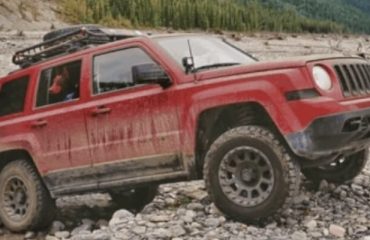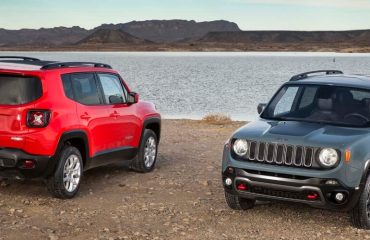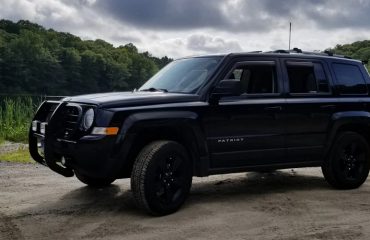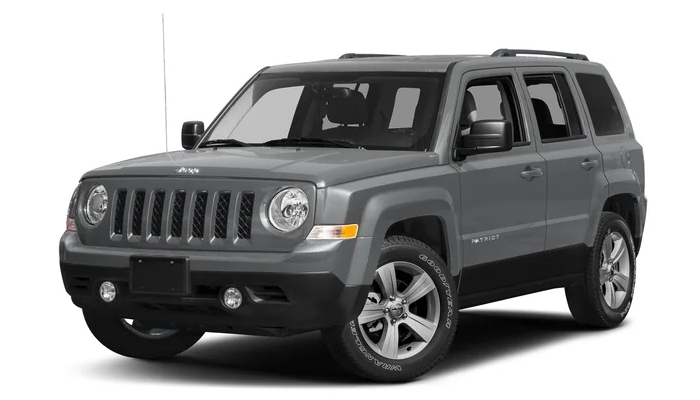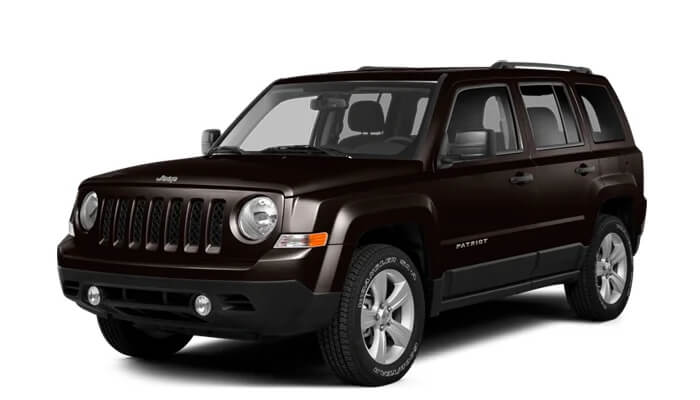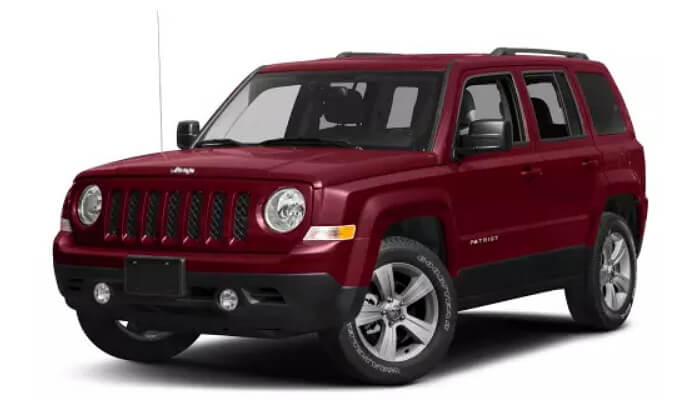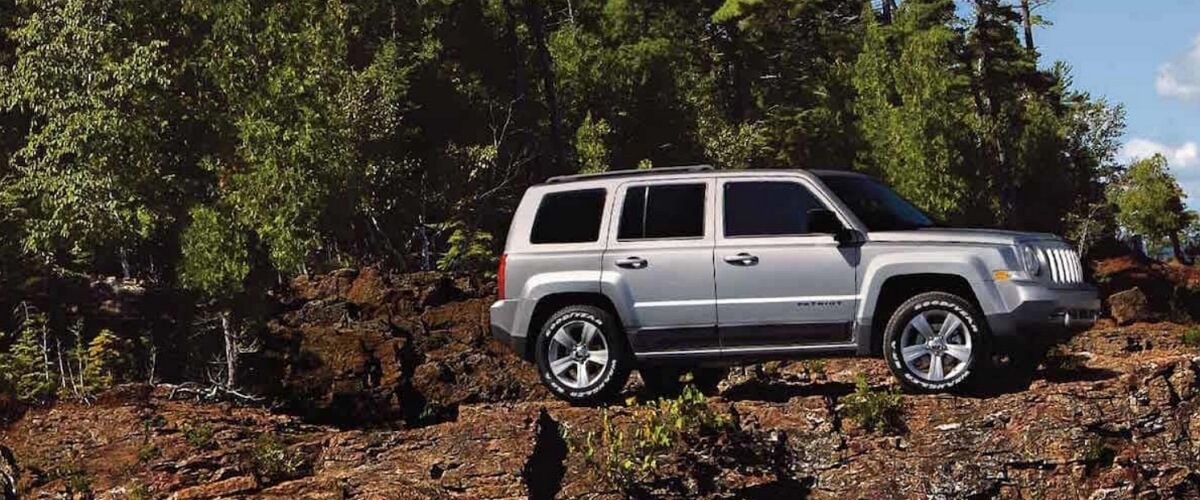
Hey there, road warrior! You’re on the hunt for a new set of wheels, and not just any SUV will do. You want something that matches your adventurous spirit and keeps pace with your daily grind. Enter the scene: the rugged Jeep Patriot and the sleek Nissan Rogue. Both of these rides have earned their stripes in the SUV arena, but which one will end up being your trusty steed? Let’s rev up and roll out the details to help you decide.
Under the Hood: Engine and Performance
Under the Patriot’s hood, you’ll find an engine that’s all Jeep: sturdy and willing to get down and dirty. The Patriot packs a choice of engines that cater to both the fuel economy-minded and the power-hungry. Meanwhile, the Nissan Rogue steps up with a powertrain that’s smooth, efficient, and designed to keep things calm and collected on the asphalt jungle. It’s a battle of brawn versus finesse, but who said you have to choose just one?
On the Road: Handling and Driveability
Twist the ignition, and the Patriot roars to life, ready to tackle both potholes and paths less traveled with gusto. It’s the SUV that doesn’t just endure the road; it embraces every bump and turn. On the flip side, the Rogue glides, offering a ride that’s as smooth as your favorite jazz track. With the Rogue, it’s all about that comfy cruise, making every commute feel less like a chore and more like a breeze.
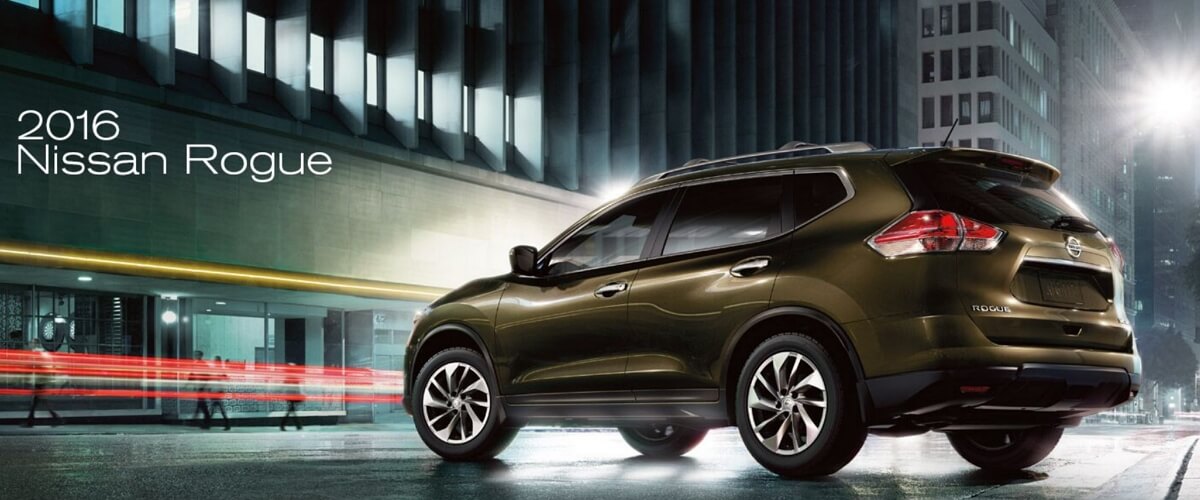
Continuing with our journey, let’s delve deeper into the comparison between the Jeep Patriot and the Nissan Rogue, exploring every nook and cranny of these two SUVs. Buckle up, as we take a closer look at what makes each of them tick and which might just be the co-pilot to your life’s adventures.
Off-Road Adventures: Capability and Versatility
The Jeep Patriot doesn’t just look the part of an off-roader; it acts it. With available four-wheel drive, the Patriot is as eager to climb a rocky path as it is to navigate the urban sprawl. It’s like that friend who’s always up for a spontaneous camping trip, no questions asked. Now, the Nissan Rogue may not boast the same rugged pedigree, but it’s no slouch. While it might prefer city skylines to mountainous horizons, the Rogue’s intelligent all-wheel-drive system offers confidence on those days when the weather turns foul, or the road gets rough.
Comfort and Space: Interior Comfort and Design
Inside, the Jeep Patriot is like a cozy cabin, complete with practical touches and no-nonsense comfort. It’s straightforward and honest – a space where everything has a purpose. The Rogue, by contrast, is more like a modern loft, with a focus on sleek design and comfort that wraps around you like a warm hug from an old friend. It’s roomy, it’s refined, and it’s ready to be your respite from the hustle and bustle of daily life.
Family-Friendly Features: Space and Storage Solutions
When it comes to family journeys, both the Patriot and the Rogue understand the assignment. The Patriot’s cargo space is a treasure chest, ready to swallow up gear, groceries, and sports equipment with room to spare. The Rogue responds with a clever Divide-N-Hide® cargo system, offering versatile storage solutions that adapt to your needs on the fly. It’s like having a secret compartment for life’s unexpected cargo.
Tech and Connectivity: Infotainment and Technology
In the tech arena, the Patriot keeps it simple. It’s got what you need, without the frills that you might never use. The Rogue, however, is like walking into a tech expo. With NissanConnect®, it brings a suite of apps and services at your fingertips, promising to keep you connected whether you’re on the grid or off.
Safety First: Safety and Driver Assistance Features
Safety is where the Rogue shines, with its suite of Nissan Intelligent Safety Shield® technologies watching over you like a guardian angel. It’s got your back, your front, and even your sides. The Patriot, while robust and sturdy, sticks to the basics, offering a solid build and reliable safety features that have stood the test of time.
Exterior Design: Style and Aesthetics
When you see them on the street, the Patriot gives you that nod of recognition, its classic Jeep design resonating with a sense of tradition. It’s the vehicle equivalent of a favorite leather jacket: timeless, durable, and always in style. The Rogue, with its aerodynamic lines and modern flair, is like the latest smartphone: sleek, polished, and designed to impress.
Patriot vs Nissan Rogue: Comparison Chart
| Feature | Nissan Rogue | Jeep Patriot |
|---|---|---|
| Model Year | 2017 | 2017 |
| Base Price | Varies by trim | Varies by trim |
| Engine | 2.5L I4 | 2.0L I4 / Optional 2.4L I4 |
| Horsepower | 170 hp | 158 hp (2.0L) / 172 hp (2.4L) |
| Torque | 175 lb-ft | 141 lb-ft (2.0L) / 165 lb-ft (2.4L) |
| Fuel Economy (City) | Approx. 26 MPG | Approx. 23 MPG |
| Fuel Economy (Highway) | Approx. 33 MPG | Approx. 30 MPG |
| Drivetrain | Front-Wheel Drive / Available AWD | Front-Wheel Drive / Available 4WD |
| Transmission | CVT (Continuously Variable Transmission) | 5-Speed Manual / CVT / 6-Speed Automatic |
| Seating Capacity | 5 | 5 |
| Cargo Space | Up to 70 cu ft (with rear seats down) | Up to 53.5 cu ft (with rear seats down) |
| Infotainment | Available NissanConnect® with Navigation and Mobile Apps | Available Radio 430 NAV with 6.5-inch touchscreen |
| Safety Features | Available Nissan Intelligent Safety Shield® Technologies | Standard front-impact and optional side-impact airbags |
| Off-Road Capability | Not specifically designed for off-road | Available Freedom Drive I™ and II™ 4X4 systems for off-road |
| Design | Modern, aerodynamic | Traditional, boxy Jeep design |
| Warranty | 3 years/36,000 miles basic, 5 years/60,000 miles powertrain | 3 years/36,000 miles basic, 5 years/60,000 miles powertrain |
Customization and Trim Levels: Available Options
Options abound in both models, with the Patriot offering packages that can turn it into a wilderness warrior, and the Rogue presenting trims that range from the practical to the near-luxurious. It’s a choose-your-own-adventure in car form, with each SUV catering to different tastes and lifestyles.
Reliability and Maintenance: Ownership Experience
Long-term, the Jeep Patriot boasts the rugged reliability Jeeps are known for, with a simplicity that often translates to fewer trips to the mechanic. The Nissan Rogue’s modern mechanics come with the promise of a smooth ride for years to come, backed by a solid warranty and a reputation for quality.
Pricing and Value: Value Proposition
The Patriot, while no longer in production, remains a value proposition, especially in the pre-owned market, offering a lot of SUV for the money. The Rogue, on the other hand, maintains competitive pricing with new models, giving you a lot of bang for your buck, especially with its high-tech offerings and plush interiors.
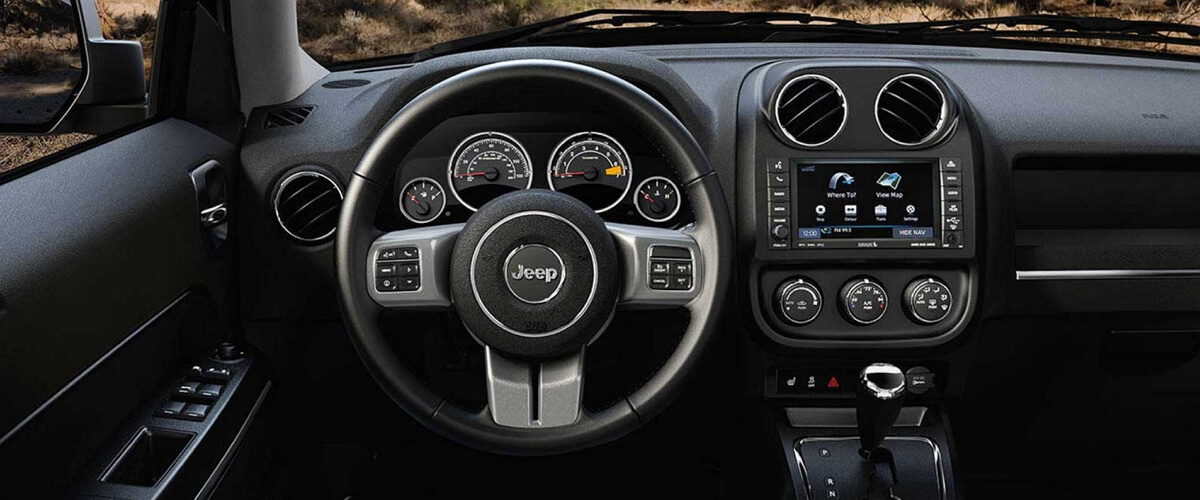
Reviews and Testimonials: Consumer Voice
Real-world drivers have sung praises for the Patriot’s utilitarian charm and the Rogue’s comfortable daily driving experience. Both have their fanbases, with owners sharing tales of reliability, adventure, and life lived on the move.
Making the Right Choice: The Verdict
At the end of the day, choosing between the Jeep Patriot and the Nissan Rogue isn’t about finding the better SUV—it’s about finding the better SUV for you. It’s a personal choice, one that reflects your lifestyle, your tastes, and the roads you’re likely to travel.

